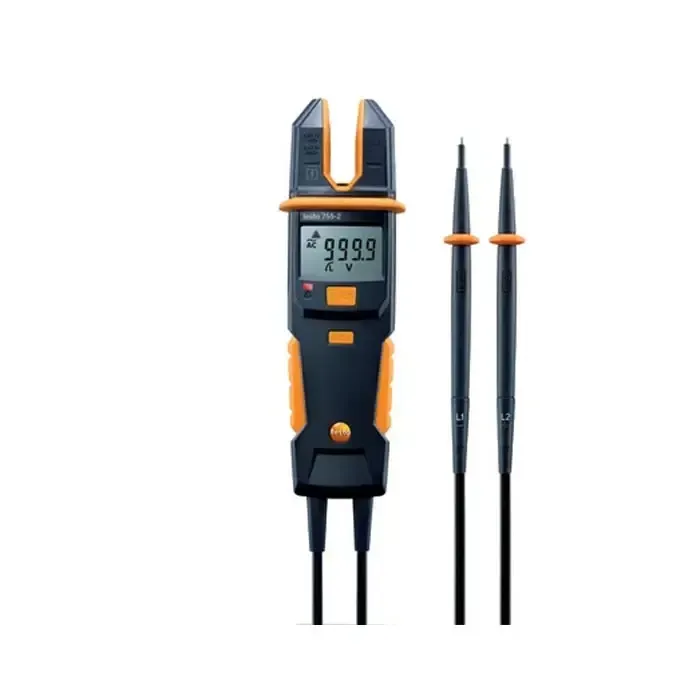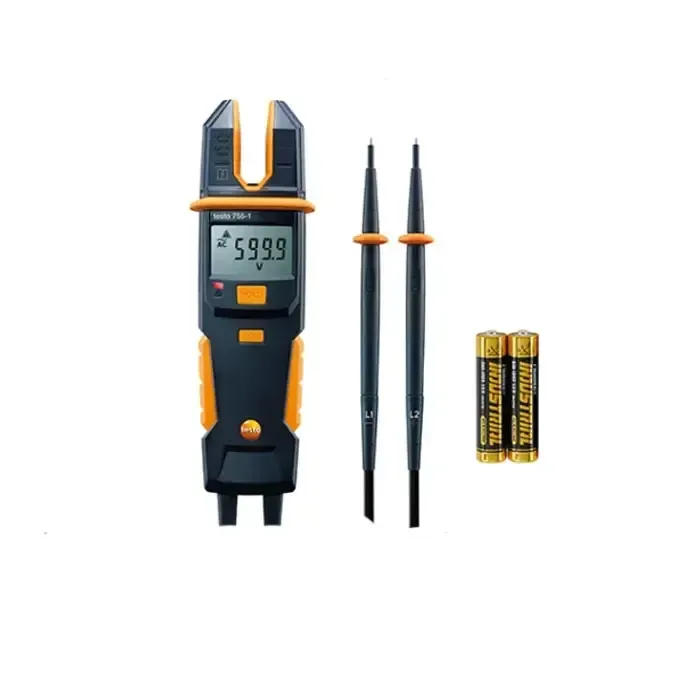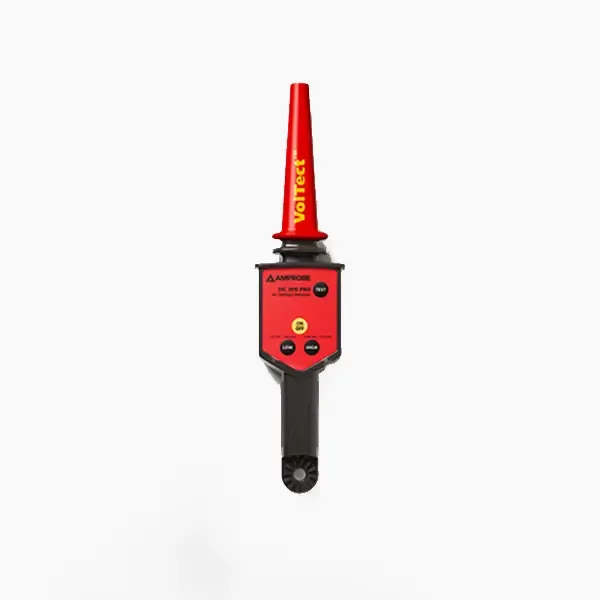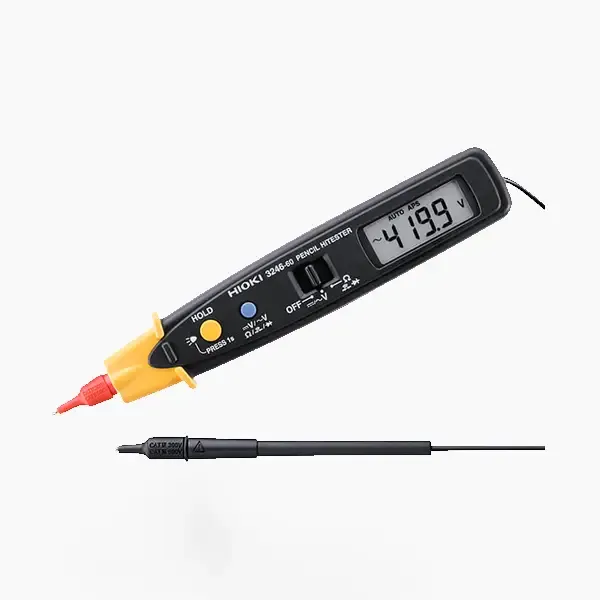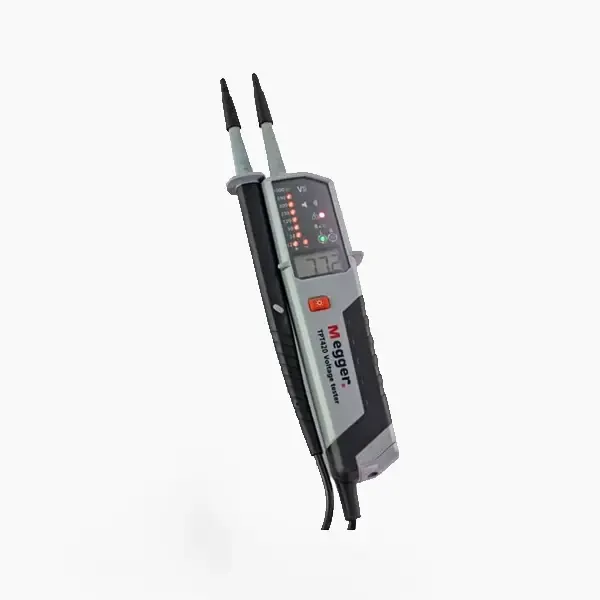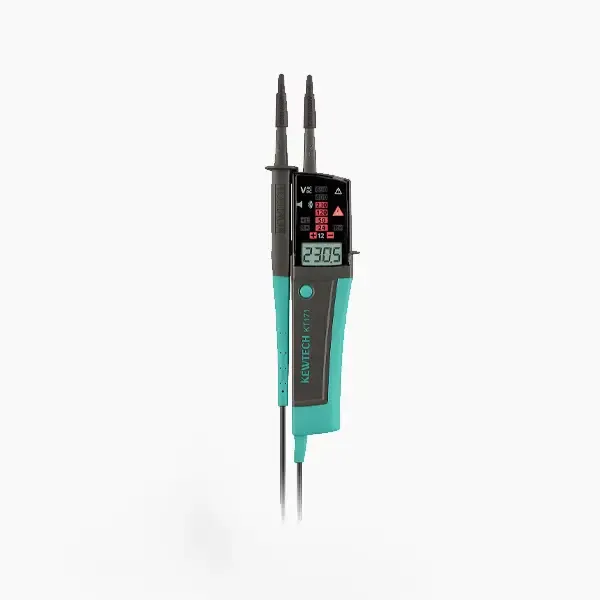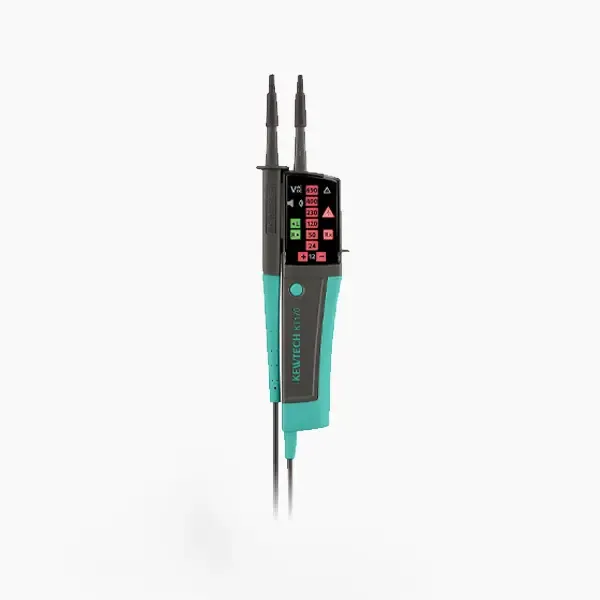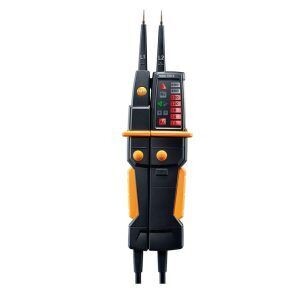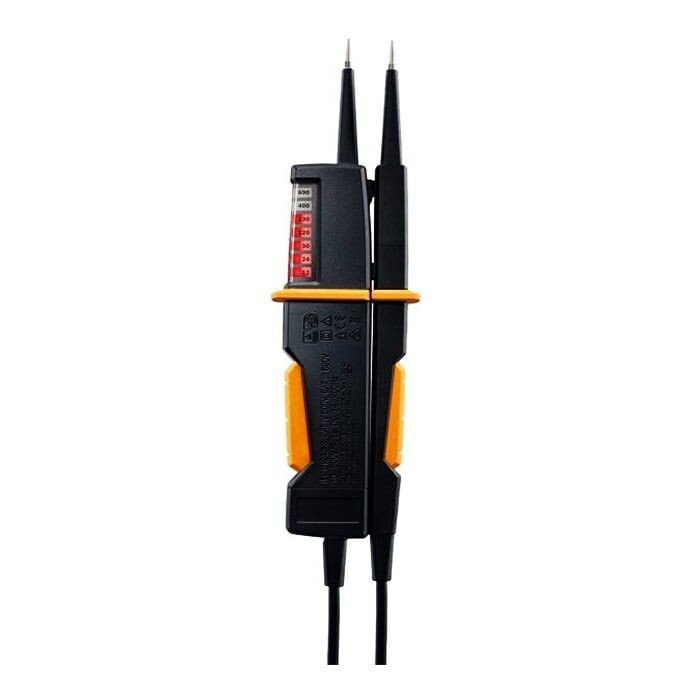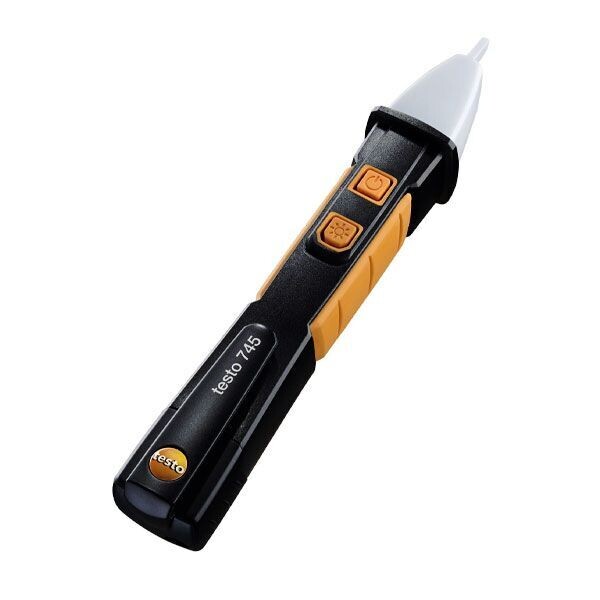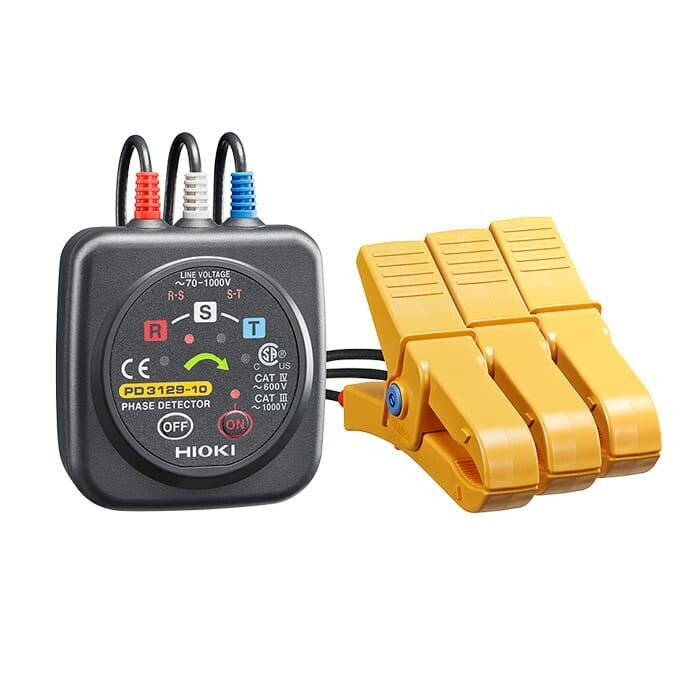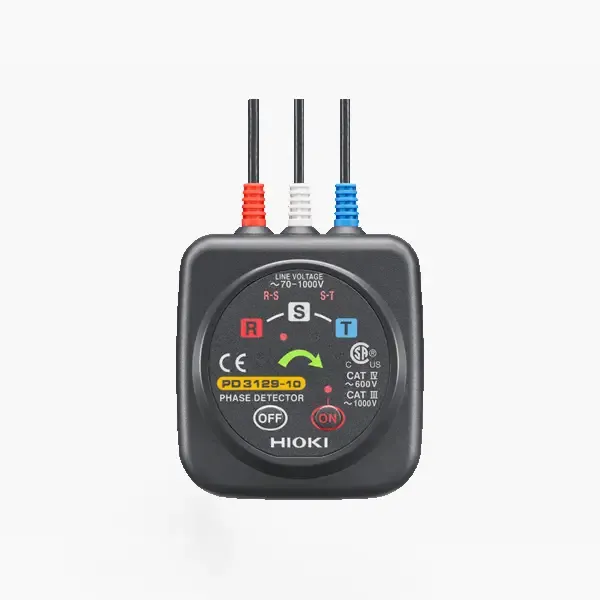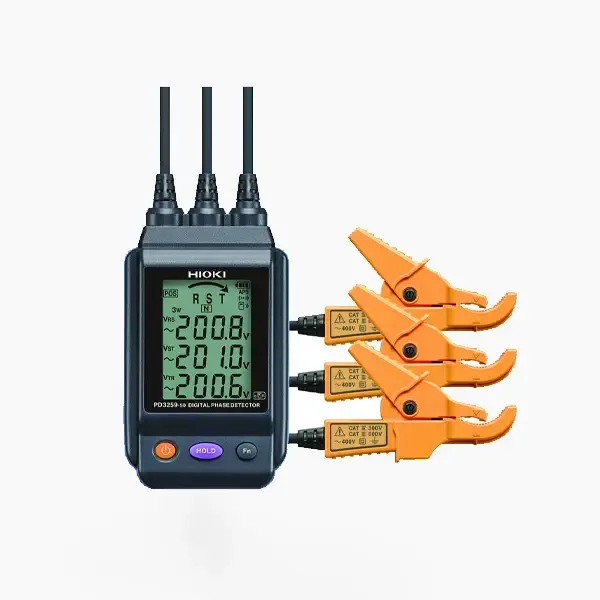Voltage Detector
Voltage detection is a fundamental step in electrical work, ensuring the safety of personnel and equipment. Voltage detectors are indispensable tools that provide a quick and reliable means of verifying the presence or absence of electrical voltage.
What Is a Voltage Detector?
A voltage detector is an electronic device used to determine the presence or absence of electrical voltage in a given circuit, wire, or electrical component. It is designed to detect voltage without making physical contact with the conductor.
How Does It Work?
Voltage detectors work based on the principle of capacitive coupling or electromagnetic field detection. When brought near a live electrical source, they can sense the electrical field generated by the voltage, producing a visual or audible signal to indicate voltage presence.
Read More
Types of Voltage Detectors
There are several types of voltage detectors available, each designed for specific needs and applications. The most common types include:
Non-Contact Voltage Testers
Non-contact voltage testers, also known as voltage pens or voltage sticks, detect voltage without physical contact. They are suitable for a wide range of applications and are user-friendly.
Contact Voltage Testers
Contact voltage testers require direct contact with the electrical source to detect voltage accurately. They are commonly used for more precise voltage measurements.
Solenoid Voltage Testers
Solenoid voltage testers use a solenoid coil to detect voltage. When voltage is present, the solenoid coil is energized, producing an audible click or movement of an indicator needle.
Multi-Function Voltage Testers
Multi-function voltage testers combine voltage detection with additional features, such as measuring voltage, continuity, and resistance. They are versatile tools suitable for professional electricians.
Key Features of Voltage Detectors
Sensitivity Settings
Voltage detectors often have adjustable sensitivity settings, allowing users to fine-tune their response to voltage levels. This feature is essential for detecting low-voltage signals accurately.
Voltage Range
Voltage detectors come in various voltage ranges, from low voltage (e.g., household) to high voltage (e.g., industrial). Selecting the appropriate range for the intended application is crucial.
Visual and Audible Alerts
Most voltage detectors provide both visual (LED lights) and audible (beeping or buzzing) alerts when voltage is detected. These alerts help ensure that users can easily identify voltage presence.
Advantages of Using Voltage Detectors
Electrical Safety
Voltage detectors enhance electrical safety by quickly identifying live circuits or equipment, reducing the risk of electric shock or accidents.
Time Efficiency
These devices save time by providing rapid voltage detection, allowing electricians and technicians to work more efficiently.
Versatility
Voltage detectors are versatile tools suitable for a wide range of applications, from residential electrical work to industrial maintenance and emergency response.
Conclusion
In conclusion, voltage detectors are indispensable tools for anyone working with electrical systems. Their ability to quickly and accurately identify voltage presence or absence enhances safety, saves time, and supports efficient electrical work. As technology continues to evolve, voltage detectors are expected to advance with enhanced features and capabilities, further improving electrical safety across various applications.




